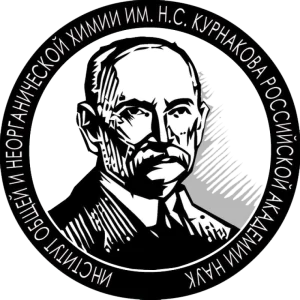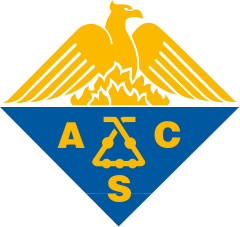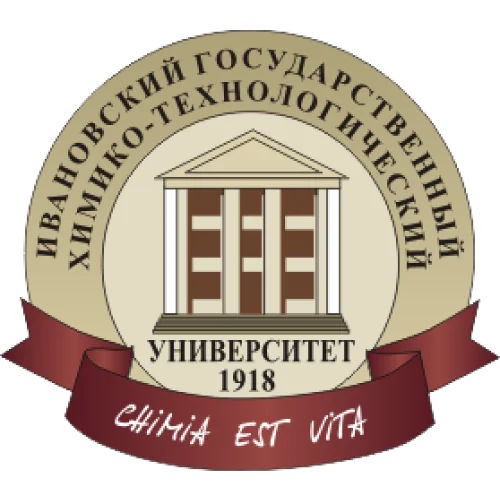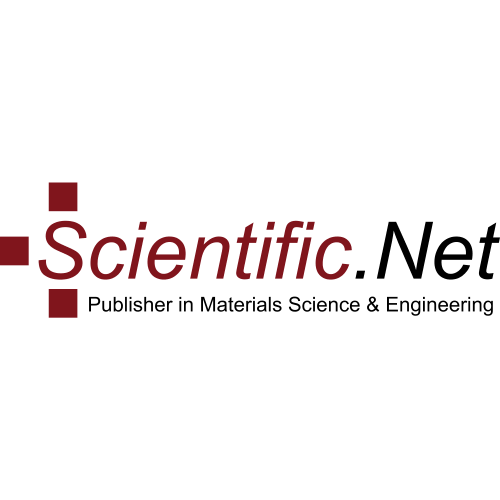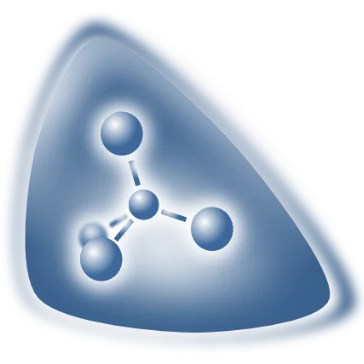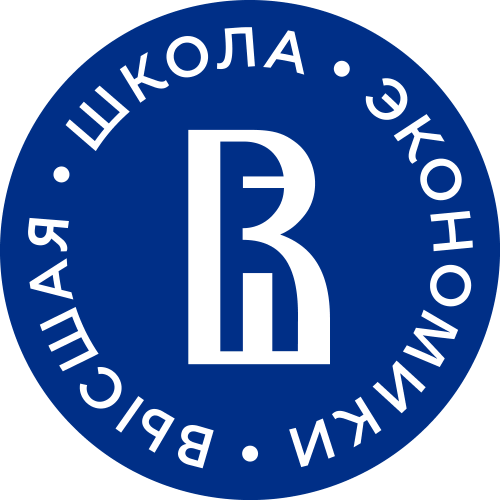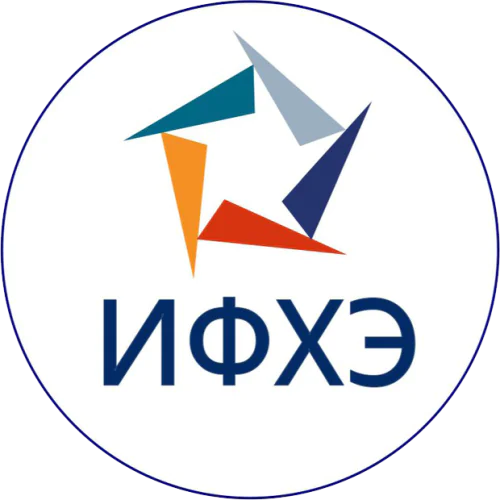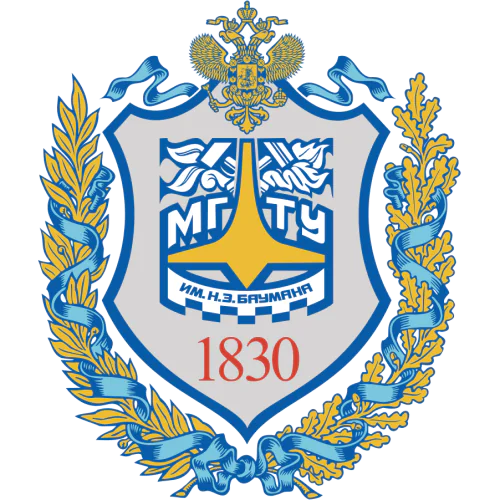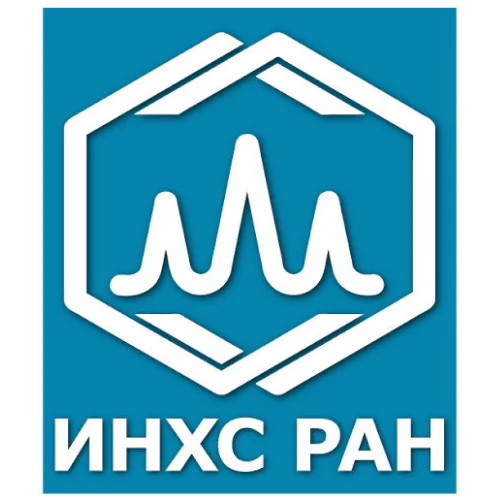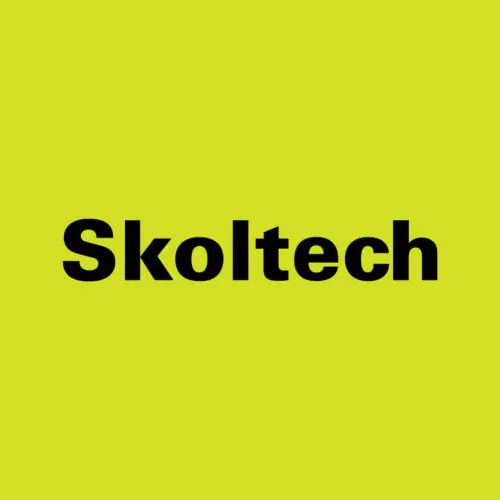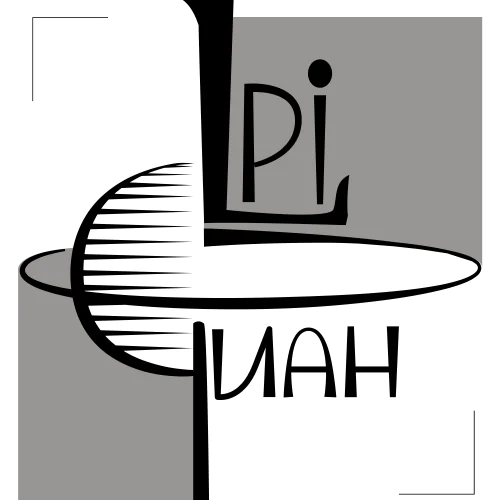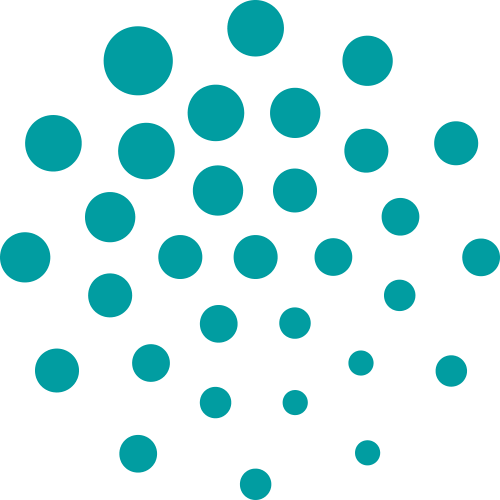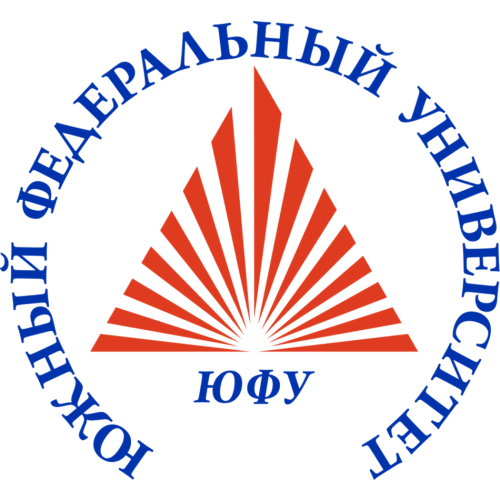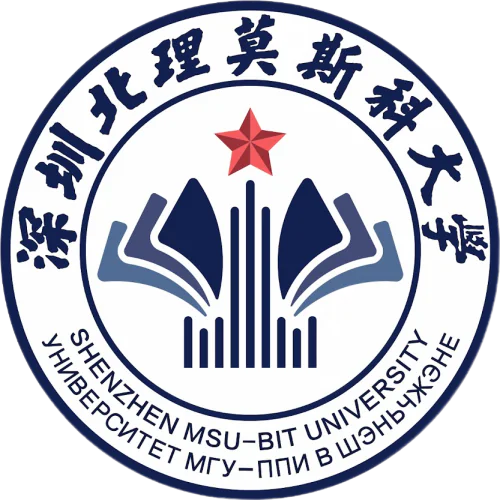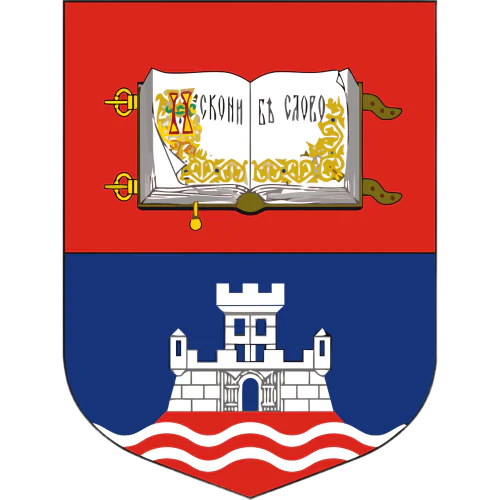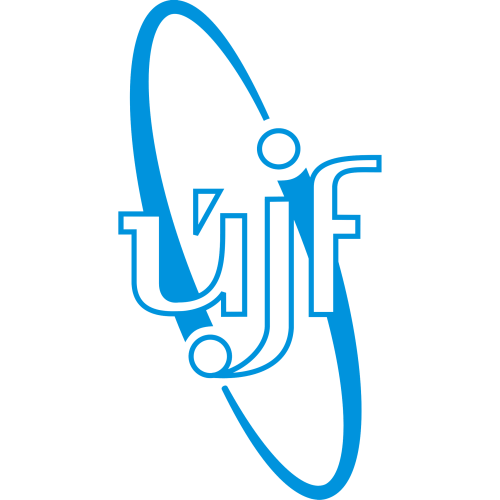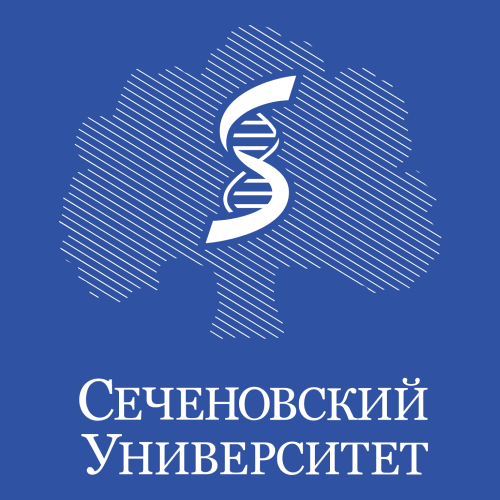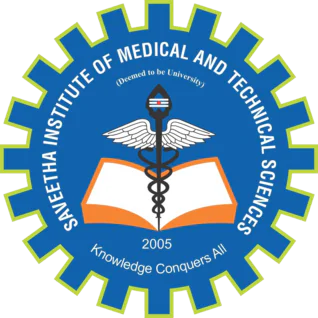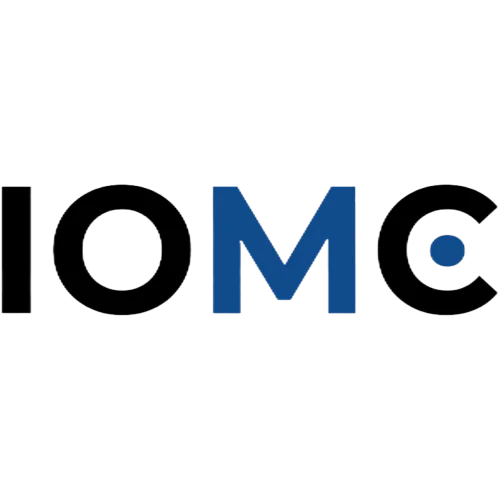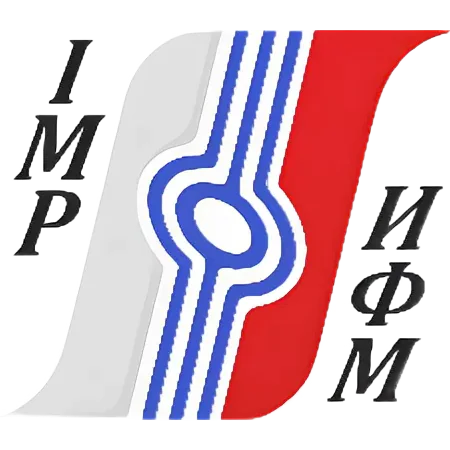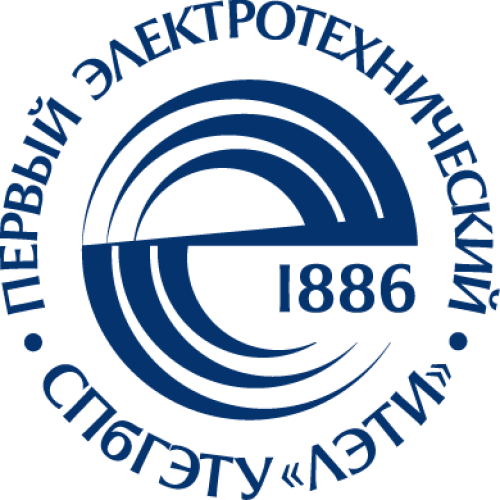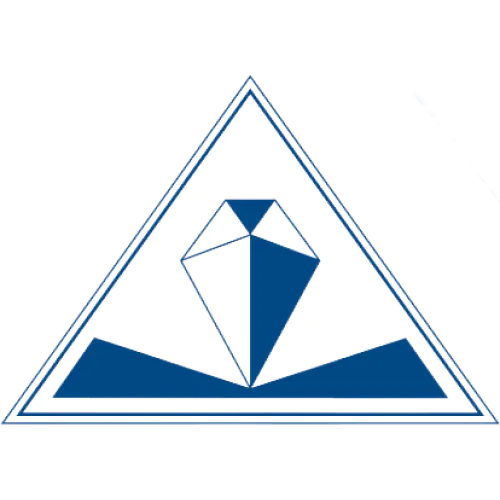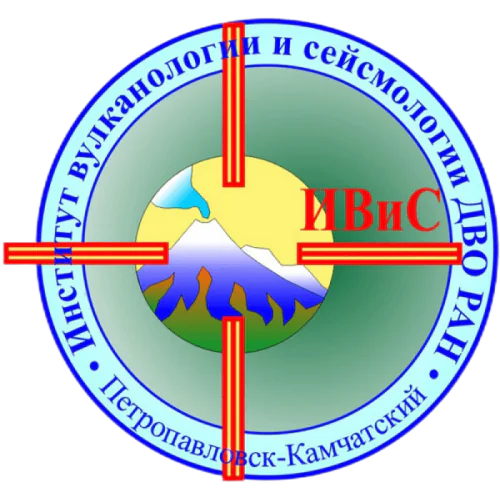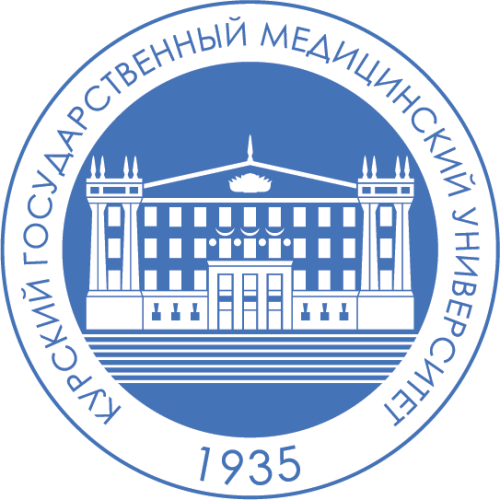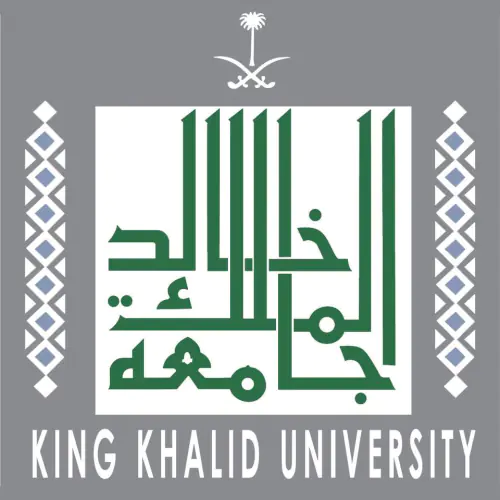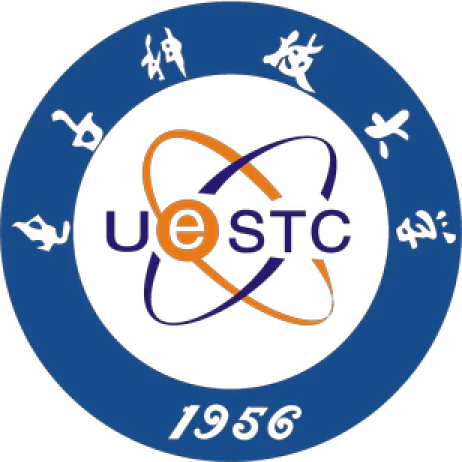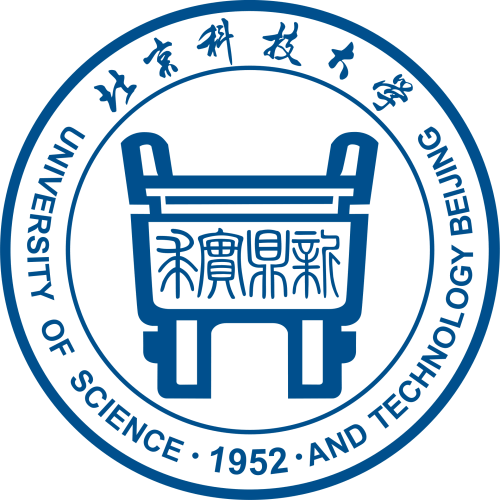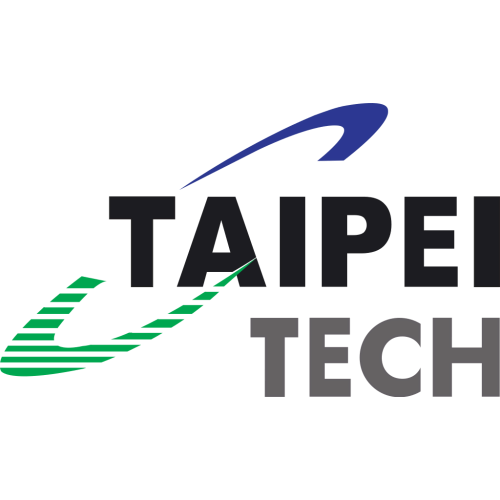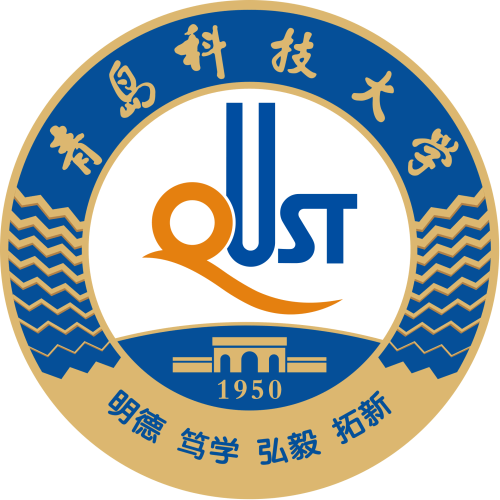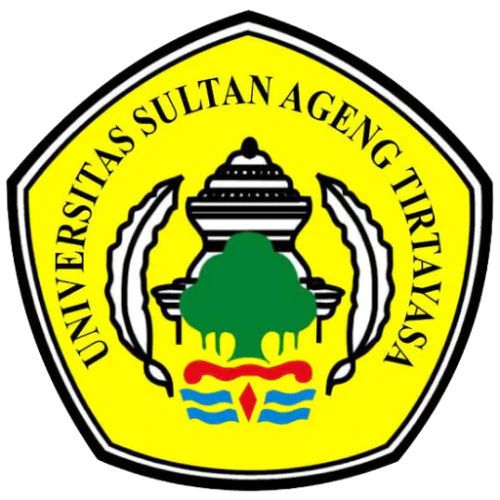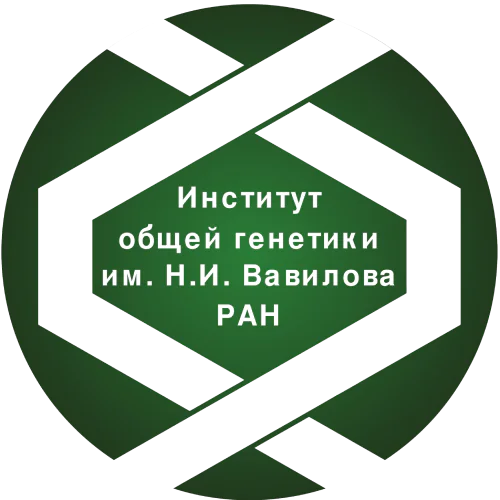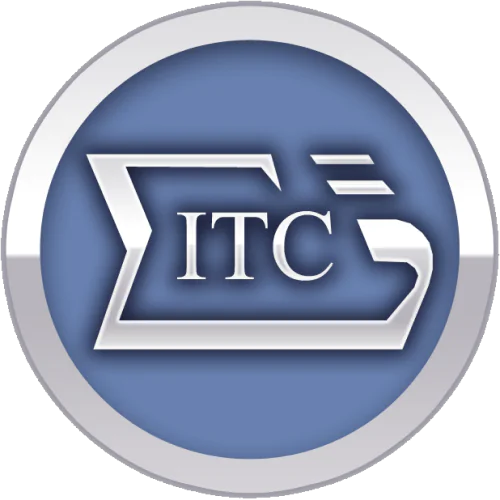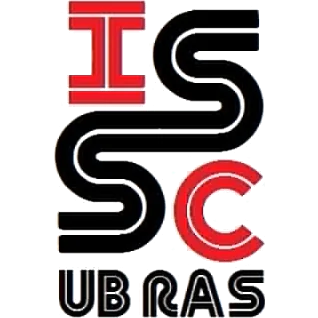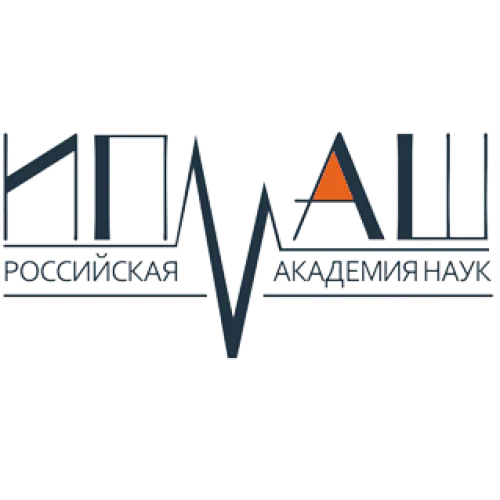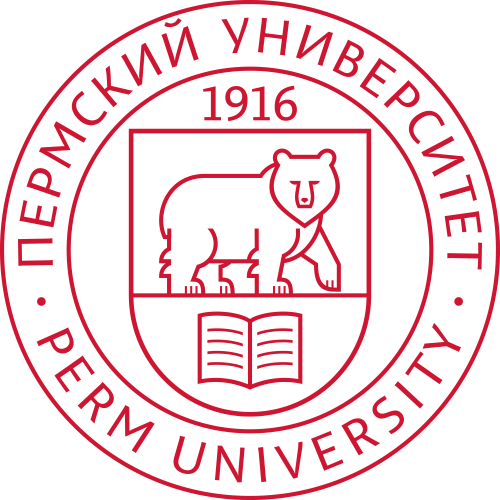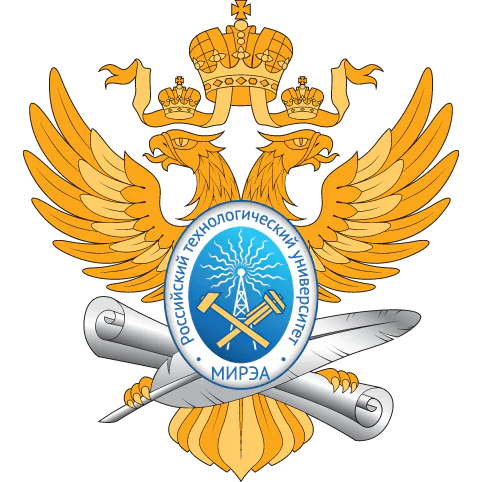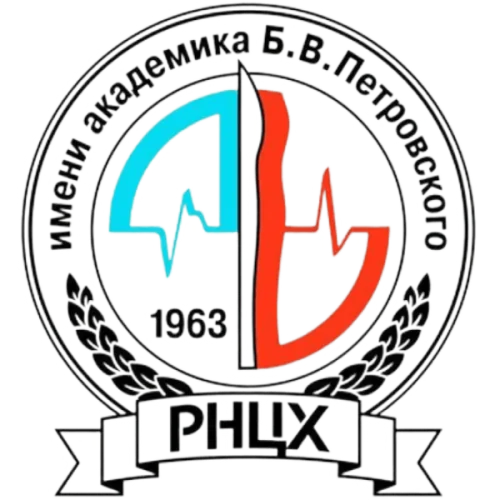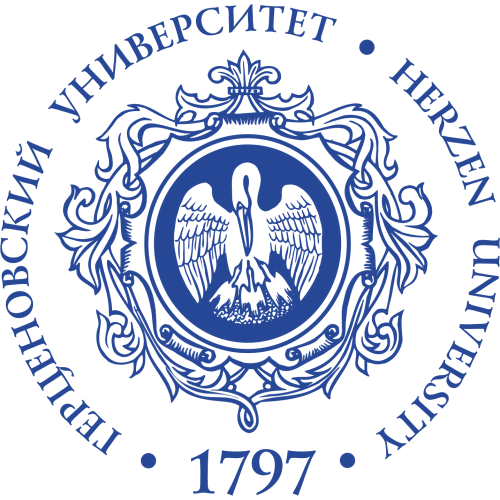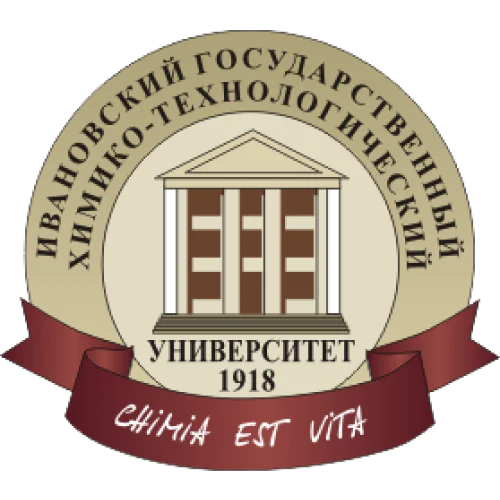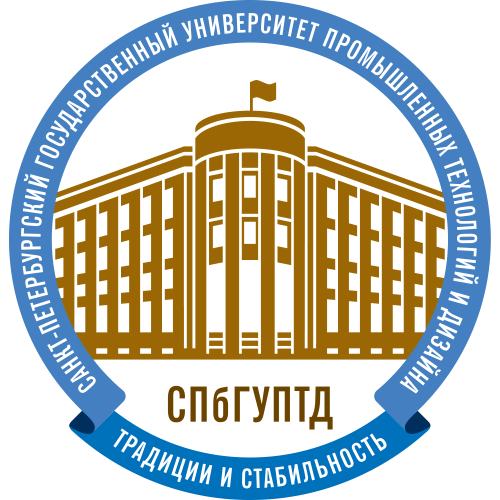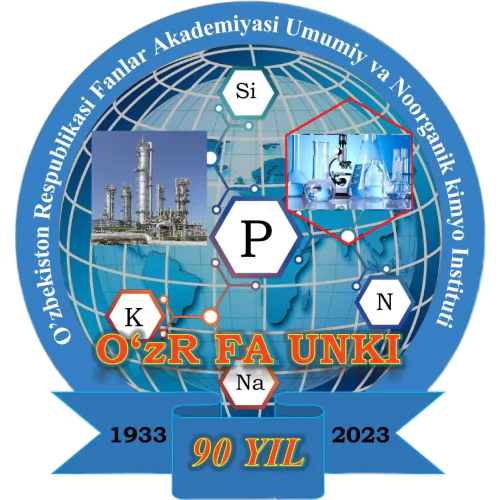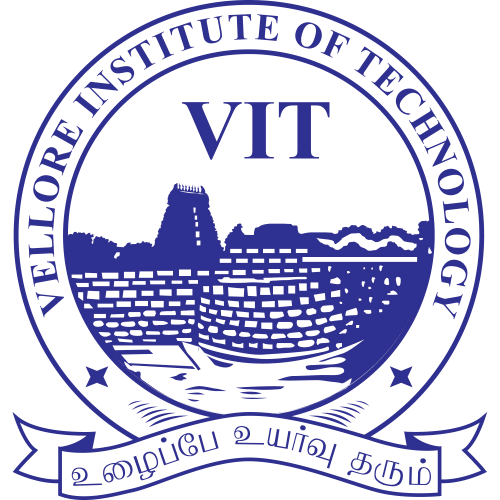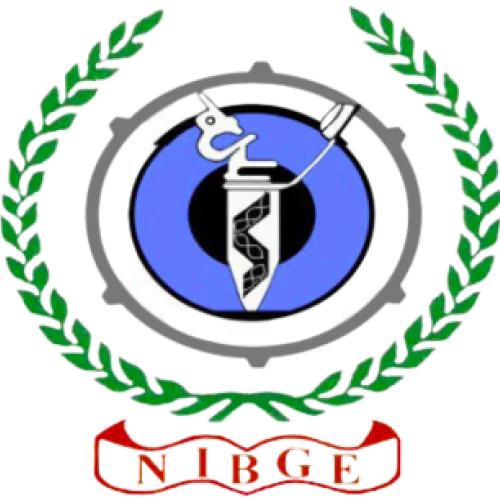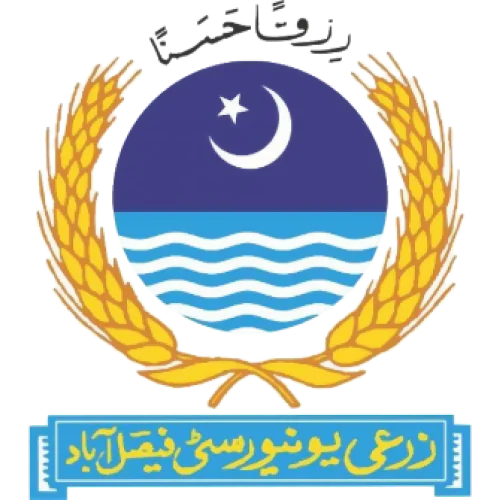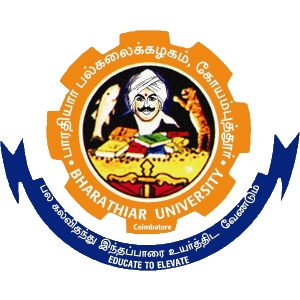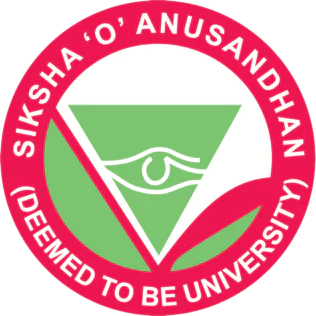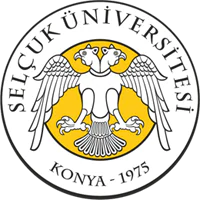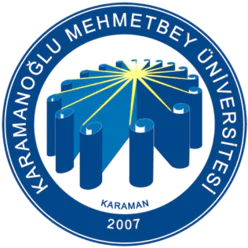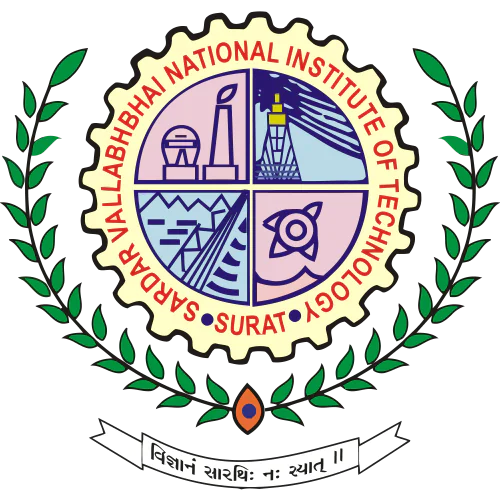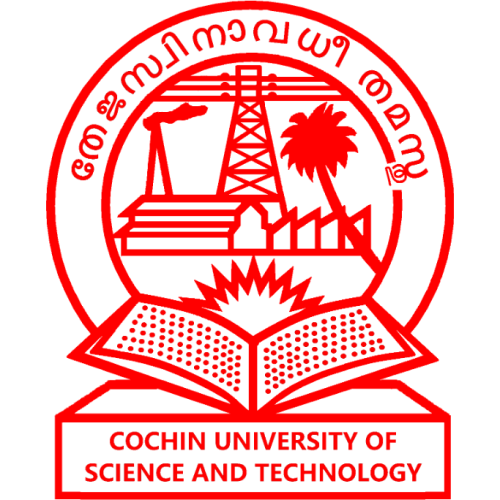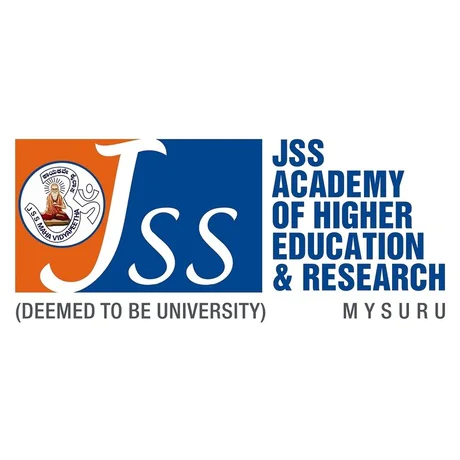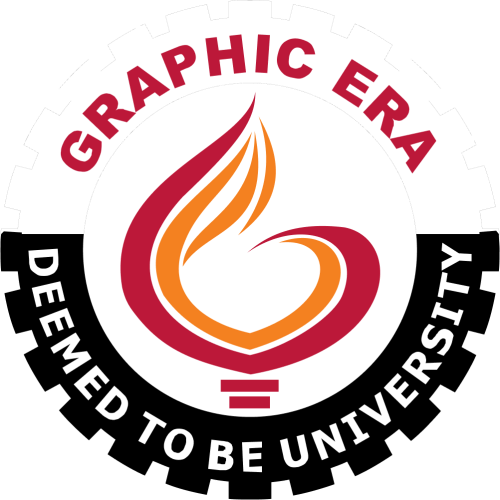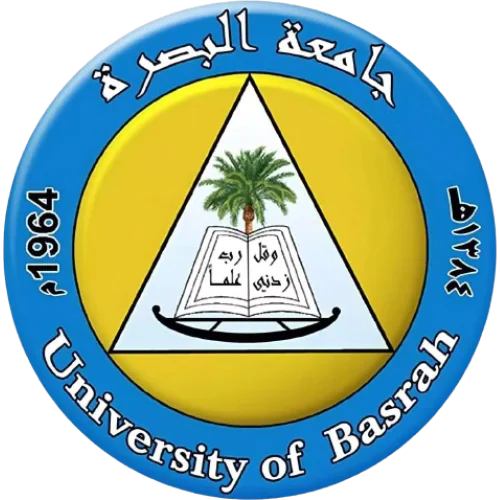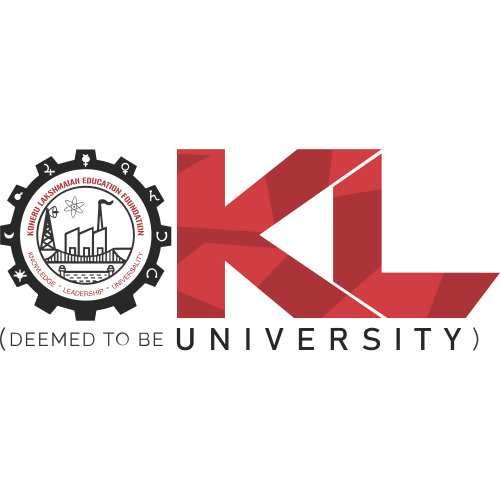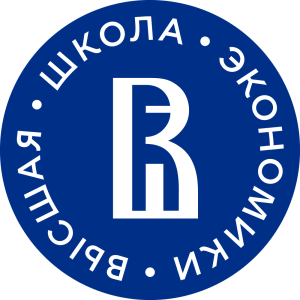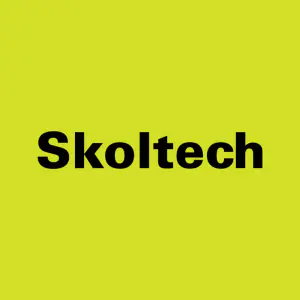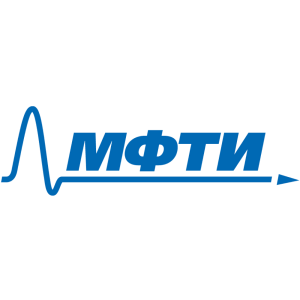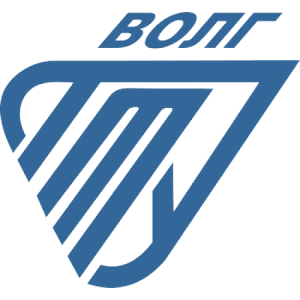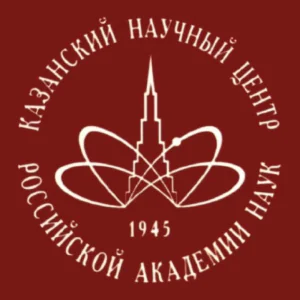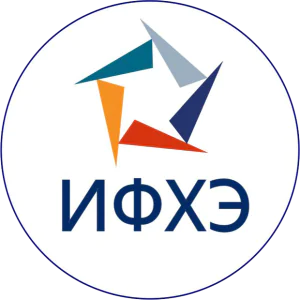Sergei Yuryevich Kottsov
🥼
🥼
Sergei can become your supervisor
If you would like to work under his/her guidance, please write a message or contact him/her on social media.
Authorization required.
🤝
🤝
Sergei is looking for opportunities for scientific collaboration
If you would like to do joint research with him/her, write a message or contact him/her on social media.
Authorization required.
Publications
38
Citations
197
h-index
8
Education
Lomonosov Moscow State University
2021 — present,
Postgraduate, Faculty of Materials Sciences
Lomonosov Moscow State University
2019 — 2021,
Master, Faculty of Materials Sciences
Mendeleev University of Chemical Technology of Russia
2015 — 2019,
Bachelor, Faculty of Natural Sciences
Found
Nothing found, try to update filter.
Found
Nothing found, try to update filter.
Found
Nothing found, try to update filter.
Total publications
38
Total citations
197
Citations per publication
5.18
Average publications per year
4.22
Average coauthors
7.63
Publications years
2017-2025 (9 years)
h-index
8
i10-index
6
m-index
0.89
o-index
18
g-index
12
w-index
1
Metrics description
h-index
A scientist has an h-index if h of his N publications are cited at least h times each, while the remaining (N - h) publications are cited no more than h times each.
i10-index
The number of the author's publications that received at least 10 links each.
m-index
The researcher's m-index is numerically equal to the ratio of his h-index to the number of years that have passed since the first publication.
o-index
The geometric mean of the h-index and the number of citations of the most cited article of the scientist.
g-index
For a given set of articles, sorted in descending order of the number of citations that these articles received, the g-index is the largest number such that the g most cited articles received (in total) at least g2 citations.
w-index
If w articles of a researcher have at least 10w citations each and other publications are less than 10(w+1) citations, then the researcher's w-index is equal to w.
Top-100
Fields of science
|
2
4
6
8
10
12
|
|
|
Physical and Theoretical Chemistry
|
Physical and Theoretical Chemistry, 11, 28.95%
Physical and Theoretical Chemistry
11 publications, 28.95%
|
|
Materials Chemistry
|
Materials Chemistry, 8, 21.05%
Materials Chemistry
8 publications, 21.05%
|
|
Inorganic Chemistry
|
Inorganic Chemistry, 8, 21.05%
Inorganic Chemistry
8 publications, 21.05%
|
|
Materials Science (miscellaneous)
|
Materials Science (miscellaneous), 8, 21.05%
Materials Science (miscellaneous)
8 publications, 21.05%
|
|
General Chemistry
|
General Chemistry, 6, 15.79%
General Chemistry
6 publications, 15.79%
|
|
Condensed Matter Physics
|
Condensed Matter Physics, 6, 15.79%
Condensed Matter Physics
6 publications, 15.79%
|
|
Electronic, Optical and Magnetic Materials
|
Electronic, Optical and Magnetic Materials, 4, 10.53%
Electronic, Optical and Magnetic Materials
4 publications, 10.53%
|
|
Organic Chemistry
|
Organic Chemistry, 4, 10.53%
Organic Chemistry
4 publications, 10.53%
|
|
Drug Discovery
|
Drug Discovery, 4, 10.53%
Drug Discovery
4 publications, 10.53%
|
|
Pharmaceutical Science
|
Pharmaceutical Science, 4, 10.53%
Pharmaceutical Science
4 publications, 10.53%
|
|
Molecular Medicine
|
Molecular Medicine, 4, 10.53%
Molecular Medicine
4 publications, 10.53%
|
|
General Chemical Engineering
|
General Chemical Engineering, 4, 10.53%
General Chemical Engineering
4 publications, 10.53%
|
|
Analytical Chemistry
|
Analytical Chemistry, 4, 10.53%
Analytical Chemistry
4 publications, 10.53%
|
|
Chemistry (miscellaneous)
|
Chemistry (miscellaneous), 4, 10.53%
Chemistry (miscellaneous)
4 publications, 10.53%
|
|
Metals and Alloys
|
Metals and Alloys, 3, 7.89%
Metals and Alloys
3 publications, 7.89%
|
|
Physics and Astronomy (miscellaneous)
|
Physics and Astronomy (miscellaneous), 3, 7.89%
Physics and Astronomy (miscellaneous)
3 publications, 7.89%
|
|
Mathematics (miscellaneous)
|
Mathematics (miscellaneous), 3, 7.89%
Mathematics (miscellaneous)
3 publications, 7.89%
|
|
Ceramics and Composites
|
Ceramics and Composites, 2, 5.26%
Ceramics and Composites
2 publications, 5.26%
|
|
Catalysis
|
Catalysis, 2, 5.26%
Catalysis
2 publications, 5.26%
|
|
General Materials Science
|
General Materials Science, 2, 5.26%
General Materials Science
2 publications, 5.26%
|
|
Biomaterials
|
Biomaterials, 2, 5.26%
Biomaterials
2 publications, 5.26%
|
|
Spectroscopy
|
Spectroscopy, 1, 2.63%
Spectroscopy
1 publication, 2.63%
|
|
Atomic and Molecular Physics, and Optics
|
Atomic and Molecular Physics, and Optics, 1, 2.63%
Atomic and Molecular Physics, and Optics
1 publication, 2.63%
|
|
Electrical and Electronic Engineering
|
Electrical and Electronic Engineering, 1, 2.63%
Electrical and Electronic Engineering
1 publication, 2.63%
|
|
Mechanical Engineering
|
Mechanical Engineering, 1, 2.63%
Mechanical Engineering
1 publication, 2.63%
|
|
2
4
6
8
10
12
|
Journals
|
1
2
3
4
5
|
|
|
Russian Journal of Inorganic Chemistry
5 publications, 13.16%
|
|
|
Molecules
4 publications, 10.53%
|
|
|
Nanosystems: Physics, Chemistry, Mathematics
4 publications, 10.53%
|
|
|
Nanomaterials
3 publications, 7.89%
|
|
|
New Journal of Chemistry
2 publications, 5.26%
|
|
|
Journal of Sol-Gel Science and Technology
2 publications, 5.26%
|
|
|
Russian Metallurgy (Metally)
2 publications, 5.26%
|
|
|
Journal of Environmental Chemical Engineering
1 publication, 2.63%
|
|
|
Microporous and Mesoporous Materials
1 publication, 2.63%
|
|
|
CrystEngComm
1 publication, 2.63%
|
|
|
Inorganic Materials
1 publication, 2.63%
|
|
|
Journal of Molecular Liquids
1 publication, 2.63%
|
|
|
Diamond and Related Materials
1 publication, 2.63%
|
|
|
Journal of Fluorine Chemistry
1 publication, 2.63%
|
|
|
European Journal of Inorganic Chemistry
1 publication, 2.63%
|
|
|
Russian Journal of Physical Chemistry B
1 publication, 2.63%
|
|
|
Gels
1 publication, 2.63%
|
|
|
ACS Omega
1 publication, 2.63%
|
|
|
Langmuir
1 publication, 2.63%
|
|
|
Petroleum Chemistry
1 publication, 2.63%
|
|
|
Process Safety and Environmental Protection
1 publication, 2.63%
|
|
|
Polyhedron
1 publication, 2.63%
|
|
|
ChemEngineering
1 publication, 2.63%
|
|
|
1
2
3
4
5
|
Citing journals
Publishers
|
2
4
6
8
10
|
|
|
Pleiades Publishing
10 publications, 26.32%
|
|
|
MDPI
9 publications, 23.68%
|
|
|
Elsevier
7 publications, 18.42%
|
|
|
ITMO University
4 publications, 10.53%
|
|
|
Royal Society of Chemistry (RSC)
3 publications, 7.89%
|
|
|
Springer Nature
2 publications, 5.26%
|
|
|
American Chemical Society (ACS)
2 publications, 5.26%
|
|
|
Wiley
1 publication, 2.63%
|
|
|
2
4
6
8
10
|
Organizations from articles
|
5
10
15
20
25
30
35
|
|
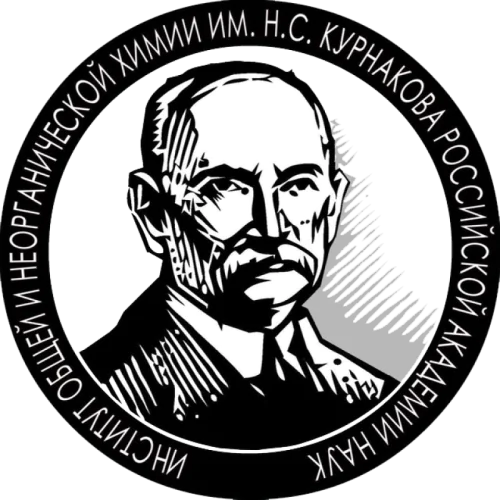
Kurnakov Institute of General and Inorganic Chemistry of the Russian Academy of Sciences
34 publications, 89.47%
|
|
|
Lomonosov Moscow State University
15 publications, 39.47%
|
|
|
I. V. Grebenshchikov Institute of Silicate Chemistry of NRC «Kurchatov Institute»
8 publications, 21.05%
|
|
|
Petersburg Nuclear Physics Institute of NRC «Kurchatov Institute»
7 publications, 18.42%
|
|
|
Institute of Physiologically Active Compounds of the Russian Academy of Science
6 publications, 15.79%
|
|
|
National Research Centre "Kurchatov Institute"
6 publications, 15.79%
|
|
|
A.N.Nesmeyanov Institute of Organoelement Compounds of the Russian Academy of Sciences
5 publications, 13.16%
|
|
|
National Research University Higher School of Economics
5 publications, 13.16%
|
|
|
Organization not defined
|
Organization not defined, 4, 10.53%
Organization not defined
4 publications, 10.53%
|
|
Mendeleev University of Chemical Technology of Russia
4 publications, 10.53%
|
|
|
Kazan Federal University
3 publications, 7.89%
|
|
|
Joint Institute for Nuclear Research
3 publications, 7.89%
|
|
|
Federal Research Center of Problem of Chemical Physics and Medicinal Chemistry RAS
3 publications, 7.89%
|
|
|
A.N. Frumkin Institute of Physical Chemistry and Electrochemistry of the Russian Academy of Sciences
2 publications, 5.26%
|
|
|
Bauman Moscow State Technical University
2 publications, 5.26%
|
|
|
A.V. Topchiev Institute of Petrochemical Synthesis RAS
2 publications, 5.26%
|
|
|
A.A. Baikov Institute of Metallurgy and Materials Science of the Russian Academy of Sciences
2 publications, 5.26%
|
|
|
Tomsk State University
2 publications, 5.26%
|
|
|
National University of Oil and Gas «Gubkin University»
2 publications, 5.26%
|
|
|
Research Centre for Medical Genetics
2 publications, 5.26%
|
|
|
Skolkovo Institute of Science and Technology
1 publication, 2.63%
|
|
|
G.A. Krestov Institute of Solution Chemistry of the Russian Academy of Sciences
1 publication, 2.63%
|
|
|
A.E. Arbuzov Institute of Organic and Physical Chemistry of the Kazan Scientific Center of the Russian Academy of Sciences
1 publication, 2.63%
|
|
|
P.N. Lebedev Physical Institute of the Russian Academy of Sciences
1 publication, 2.63%
|
|
|
Prokhorov General Physics Institute of the Russian Academy of Sciences
1 publication, 2.63%
|
|
|
Dianov Fiber Optics Research Center of the Russian Academy of Sciences
1 publication, 2.63%
|
|
|
Kurchatov Complex of Crystallography and Photonics of NRC «Kurchatov Institute»
1 publication, 2.63%
|
|
|
Osipyan Institute of Solid State Physics of the Russian Academy of Sciences
1 publication, 2.63%
|
|
|
Sirius University of Science and Technology
1 publication, 2.63%
|
|
|
Southern Federal University
1 publication, 2.63%
|
|
|
Saint Petersburg State University
1 publication, 2.63%
|
|
|
Moscow Power Engineering Institute
1 publication, 2.63%
|
|
|
Volgograd State Technical University
1 publication, 2.63%
|
|
|
Astrakhan State Technical University
1 publication, 2.63%
|
|
|
King Abdullah University of Science and Technology
1 publication, 2.63%
|
|
|
Shenzhen MSU-BIT University
1 publication, 2.63%
|
|
|
North-West University
1 publication, 2.63%
|
|
|
Wigner Research Centre for Physics
1 publication, 2.63%
|
|
|
Helmholtz-Zentrum Hereon
1 publication, 2.63%
|
|
|
Forschungszentrum Jülich
1 publication, 2.63%
|
|
|
University of Belgrade
1 publication, 2.63%
|
|
|
Anhui Institute of Optics and Fine Mechanics, Chinese Academy of Sciences
1 publication, 2.63%
|
|
|
Nuclear Physics Institute of the Czech Academy of Sciences
1 publication, 2.63%
|
|
|
5
10
15
20
25
30
35
|
|
Countries from articles
|
5
10
15
20
25
30
35
|
|
|
Russia
|
Russia, 34, 89.47%
Russia
34 publications, 89.47%
|
|
Country not defined
|
Country not defined, 4, 10.53%
Country not defined
4 publications, 10.53%
|
|
Germany
|
Germany, 2, 5.26%
Germany
2 publications, 5.26%
|
|
China
|
China, 2, 5.26%
China
2 publications, 5.26%
|
|
Hungary
|
Hungary, 1, 2.63%
Hungary
1 publication, 2.63%
|
|
Saudi Arabia
|
Saudi Arabia, 1, 2.63%
Saudi Arabia
1 publication, 2.63%
|
|
Serbia
|
Serbia, 1, 2.63%
Serbia
1 publication, 2.63%
|
|
Czech Republic
|
Czech Republic, 1, 2.63%
Czech Republic
1 publication, 2.63%
|
|
South Africa
|
South Africa, 1, 2.63%
South Africa
1 publication, 2.63%
|
|
5
10
15
20
25
30
35
|
Citing organizations
Citing countries
- We do not take into account publications without a DOI.
- Statistics recalculated daily.
This section displays the profiles of scientists registered on the platform. To display the full list, invite your colleagues to register.
Ольга Максимовна Гайтко, Варвара Олеговна Веселова, Дарья Алексеевна Хвощевская, Сергей Юрьевич Котцов
RU2796091C1,
2023
Company/Organization
Position
Junior Researcher
Employment type
Full time
Years
2021 —
present





